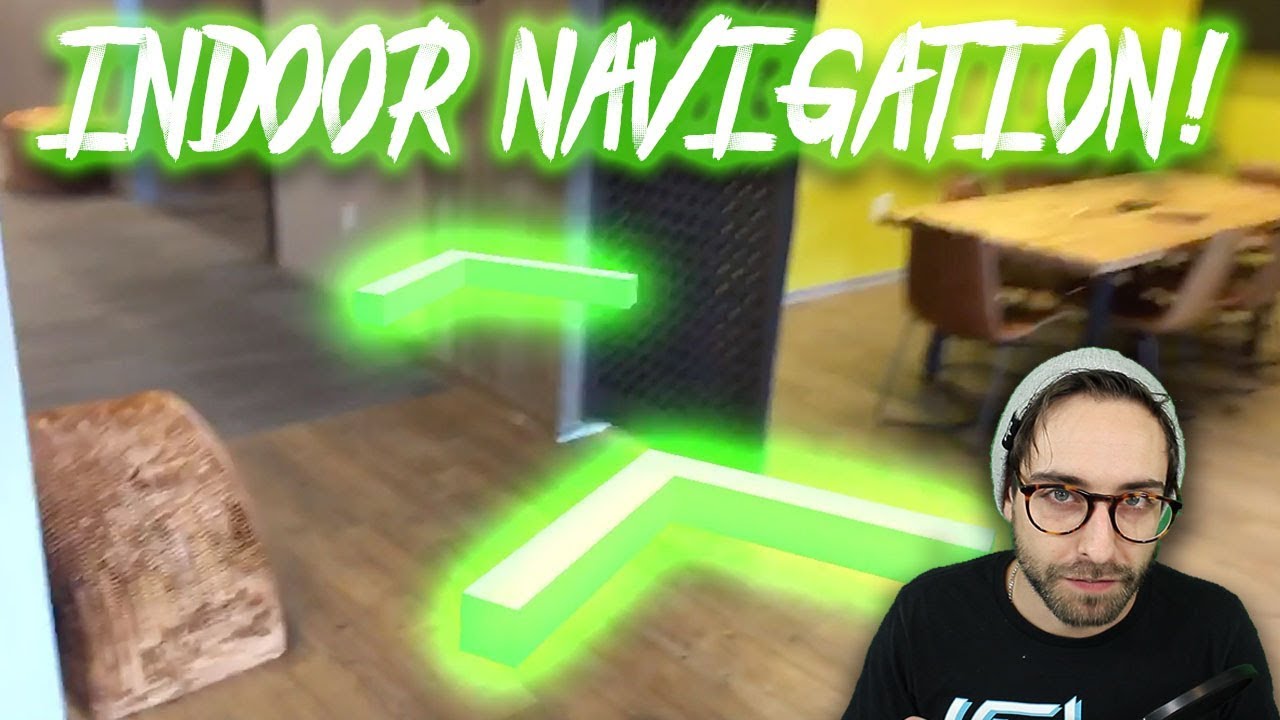TUTORIAL DAN PENJELASAN AUGMENTED REALITY "AR" MARKERLESS MENGGUNAKAN SDK EasyAR Part1
Summary
TLDRIn this tutorial, the presenter demonstrates how to implement Augmented Reality (AR) using Unity with a markerless method. The process involves setting up Unity, importing the Vuforia SDK, and creating a scene where 3D objects are displayed without physical markers. The video covers how to obtain a Vuforia license key, configure the scene, and manipulate AR objects through gestures like scaling and rotating. The tutorial concludes with steps on building the project for Android devices and testing the AR experience in real-time.
Takeaways
- 😀 Unity is used as the platform for creating AR projects, and the tutorial focuses on markerless AR methods.
- 😀 To follow along, you need to have Unity Hub and the Unity Editor installed, along with the necessary SDKs.
- 😀 The tutorial guides you on creating a new Unity 3D project named 'Markerless' for AR development.
- 😀 The ISIAR SDK is crucial for enabling markerless AR features, and it needs to be downloaded and integrated into the Unity project.
- 😀 Unity's 'Player Settings' should be configured to target Android devices for the AR app, ensuring proper functionality.
- 😀 The tutorial includes instructions on importing and configuring 3D objects into Unity for the AR experience.
- 😀 AR service tracking components, like the AR camera and tracking system, are added to Unity's scene hierarchy.
- 😀 For a better AR experience, the camera angle and positioning of 3D objects must be adjusted to suit mobile device displays.
- 😀 The app is built as an APK for Android, which you then install on your mobile device for testing.
- 😀 Once the AR app is running, you can interact with the 3D objects by scaling, rotating, or moving them using gestures.
- 😀 The AR app includes a 'Start' and 'Stop' tracking feature, allowing users to control when the 3D object appears or disappears in the AR scene.
Q & A
What is the main focus of this tutorial?
-The main focus of the tutorial is to teach how to implement Augmented Reality (AR) using the 'Marquez' method in Unity, specifically using a markerless approach that doesn't require physical markers.
What are the two primary AR SDKs mentioned in the tutorial?
-The two primary SDKs mentioned are: 1) Spoofer SDK, which works with ground plane detection for AR, and 2) SIAR SDK, which allows for markerless AR by detecting any surface for displaying objects.
What Unity version does the tutorial recommend using?
-The tutorial recommends using Unity version 2020.3 for implementing the AR features discussed.
How do you install the SIAR SDK in Unity?
-To install the SIAR SDK, first download the SDK package from the SIAR website. Then, extract the .zip file and drag the contents into the Unity Editor to import the SDK assets.
What is the purpose of the Service Tracking component in Unity?
-The Service Tracking component in Unity is responsible for tracking the real-world environment via the camera. It enables AR objects to appear and interact with physical surfaces in real-time.
What is the recommended screen orientation and resolution for mobile AR apps in this tutorial?
-The tutorial recommends using portrait mode for mobile AR apps with a resolution of 720x1280 pixels.
How can you adjust the size and position of a 3D object in Unity for AR?
-To adjust the size and position of a 3D object, you can use Unity's scale tool to resize the object and move it by dragging it in the scene view to position it appropriately.
What does the 'Stop and Start Tracking' feature do in the AR scene?
-The 'Stop and Start Tracking' feature allows users to manually stop or start the display of the AR object. When stopped, the object disappears from view; when started, it reappears based on the camera’s tracking data.
What steps are involved in building the AR app for mobile deployment?
-To build the AR app, first set the target platform to Android in Unity, configure the necessary project settings, and then build the application into an APK file that can be installed on a mobile device.
How do you install the AR application on your Android device?
-After building the APK file, transfer it to your Android device by copying the file to the device and then installing it. Ensure that camera permissions are granted for the app to work correctly.
Outlines

هذا القسم متوفر فقط للمشتركين. يرجى الترقية للوصول إلى هذه الميزة.
قم بالترقية الآنMindmap

هذا القسم متوفر فقط للمشتركين. يرجى الترقية للوصول إلى هذه الميزة.
قم بالترقية الآنKeywords

هذا القسم متوفر فقط للمشتركين. يرجى الترقية للوصول إلى هذه الميزة.
قم بالترقية الآنHighlights

هذا القسم متوفر فقط للمشتركين. يرجى الترقية للوصول إلى هذه الميزة.
قم بالترقية الآنTranscripts

هذا القسم متوفر فقط للمشتركين. يرجى الترقية للوصول إلى هذه الميزة.
قم بالترقية الآن5.0 / 5 (0 votes)






